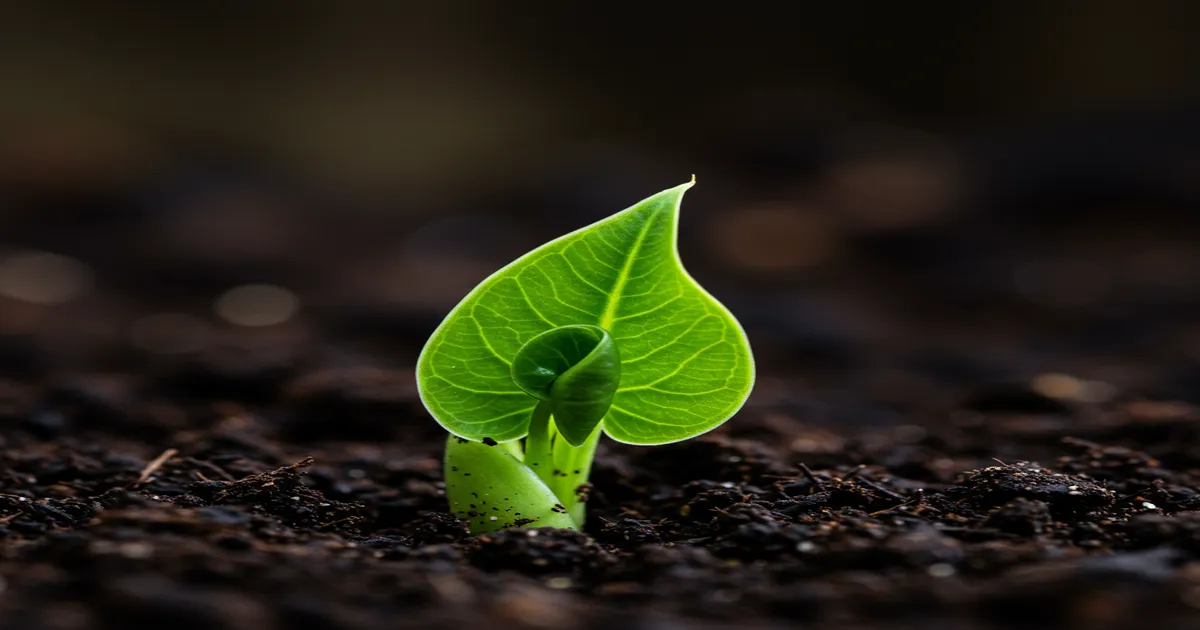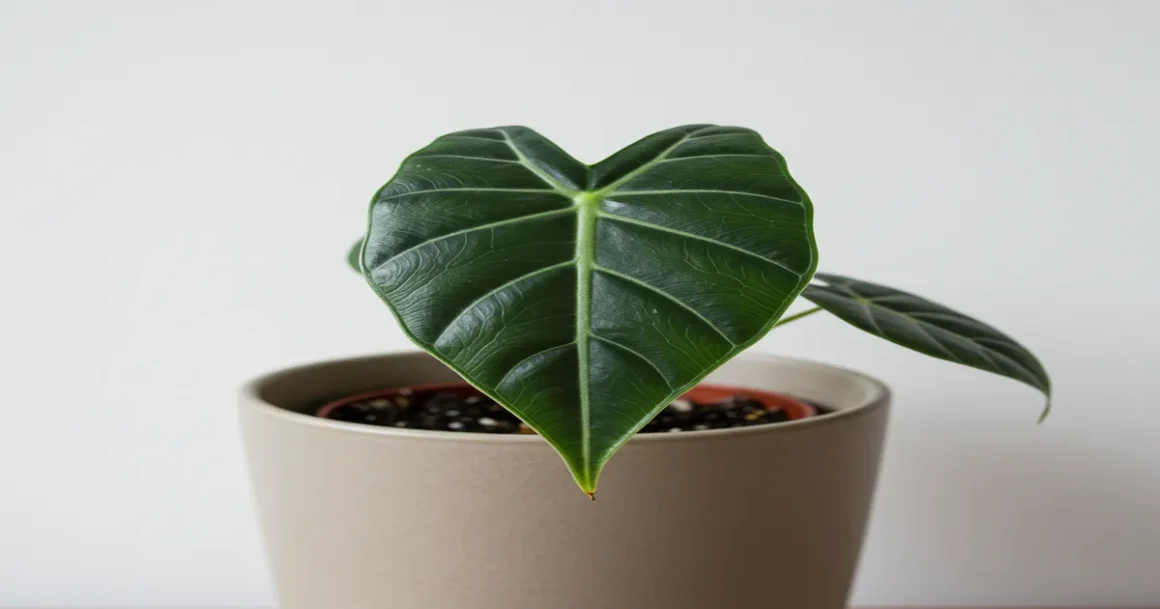Alocasia stingray is recognized for its distinctive patterned stems reminiscent of Alocasia zebrina and its large, striking leaves. This plant, popular as a houseplant, thrives in warm, humid conditions with dappled sunlight, acidic soil, and temperatures consistently above 59 degrees Fahrenheit. It is important to note that like all plants in the Alocasia genus, Alocasia stingray is considered toxic to pets.
How to Propagate Alocasia Stingray

Alocasia stingray can be propagated through division or by growing its corms. Healthy and mature alocasia plants naturally produce corms around their roots. These corms can develop into new plants within the same pot, allowing for division, or they can be removed from the soil and grown separately.
While propagating alocasia may not be as simple as propagating other houseplants like pothos or vining philodendron, it can still be an enjoyable and rewarding process.
To propagate through division, here are the steps to follow:
To propagate Alocasia Stingray by growing its corms, follow these steps:
How to Pot and Repot Alocasia Stingray

Alocasias prefer to be slightly root-bound, so you won’t need to repot your stingray too frequently. Repotting once every 1 to 2 years, depending on its growth, is usually sufficient. However, if you observe your plant becoming crowded or roots emerging from the drainage holes, it may be time to transfer it to a larger pot.
Wait until spring or summer to repot an alocasia stingray. This is when the plant is actively growing, and repotting is less likely to cause stress. Additionally, select a pot that is only 2 to 4 inches larger than the previous one. Transferring your plant to a pot that is too big too quickly can lead to accidental overwatering due to excess soil.
Widespread Pests & Plant Illnesses
Similar to many indoor plants, the alocasia stingray might face issues caused by various common pests and diseases. It is important to watch for indications of spider mites, fungus gnats, thrips, and mealybugs that may infest an otherwise thriving alocasia. Additionally, it is crucial to be cautious of root rot, which can develop due to excessively moist soil conditions.
Tips for Getting Alocasia Stingray to Flower
Duration of Alocasia Stingray Blooms
Getting alocasias to bloom can be challenging as they take a long time to reach flowering maturity. A healthy alocasia may bloom indoors in the spring and summer, with each bloom lasting for approximately five days.
Appearance and Scent of Alocasia Stingray Flowers
Alocasia stingray flowers resemble those of peace lilies, with elongated spoon-like structures (spathe) covering the stalky spadix. The white spathe may have a hint of green and often blends with the foliage, making it hard to spot. The flower does not have a noticeable scent.
Promoting Additional Blooms
To encourage more blooms from your alocasia stingray, ensure the plant remains healthy by providing consistent watering, feeding, and indirect sunlight.
Post-Blooming Care for Alocasia Stingray
Once the bloom fades, you can safely remove it. Many gardeners choose to trim the blooms early to redirect the plant’s energy towards foliage growth. When removing the bloom, cut it as close to the stem as possible using a sterilized cutting tool.
Challenges With Alocasia Stingray
Alocasias, including the stingray variety, can be sensitive to their growing conditions. If the conditions are not optimal, you may encounter some of the common issues outlined below.
Yellowing Leaves
Yellow leaves on an alocasia plant indicate either overwatering or underwatering. Overwatering may be due to inadequate drainage in the soil or pot. To address this, ensure the soil is mixed with perlite for better drainage and always use a pot with a drainage hole for your alocasia stingray. If underwatered, the soil is drying out too quickly between waterings. Alocasia stingrays prefer consistently moist soil and can suffer if left in dry conditions.
Leaf Drop
The dropping of leaves can be attributed to insufficient light or low humidity levels. Provide your plant with bright, indirect light for several hours daily and avoid placing it in excessively dry areas, like near air vents or drafty windows.
Keep in mind that alocasia stingrays typically shed their leaves and go dormant during fall and winter. As long as the corm (bulb) remains firm and healthy, the plant will regrow its leaves come spring when temperatures rise and daylight increases.
Browning Leaves
Brown spots on the leaves of your alocasia stingray are likely due to low moisture or humidity levels. Ensure the soil remains consistently moist and provide ample humidity by placing a humidifier nearby or relocating the plant to a naturally humid space like a bathroom.
FAQ
How large can an alocasia stingray grow?
In their natural habitat, alocasia stingrays can reach heights of up to 15 feet! When grown indoors, however, they typically reach around 3 feet in height.

